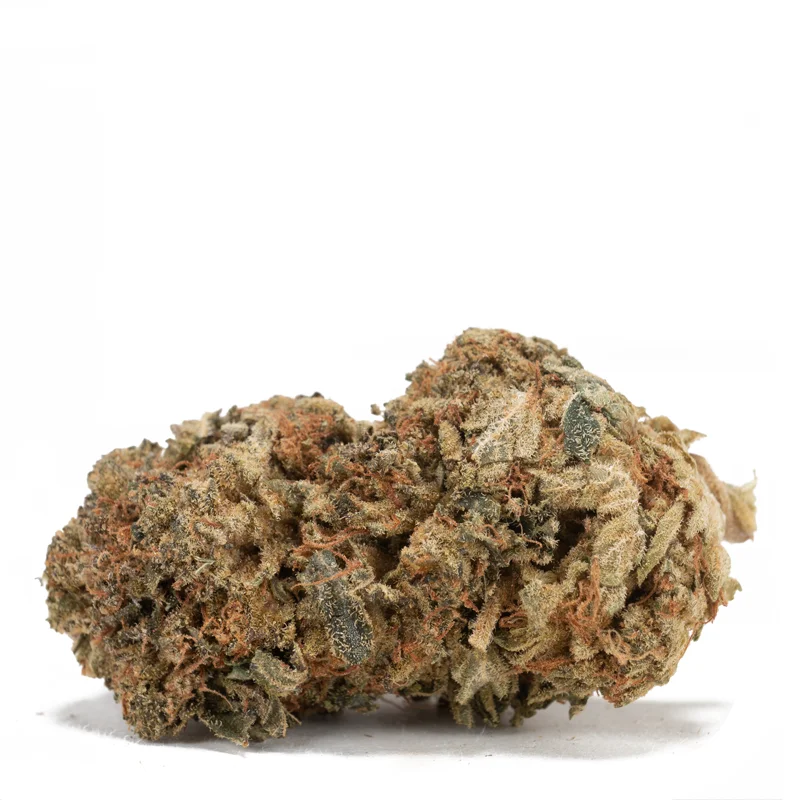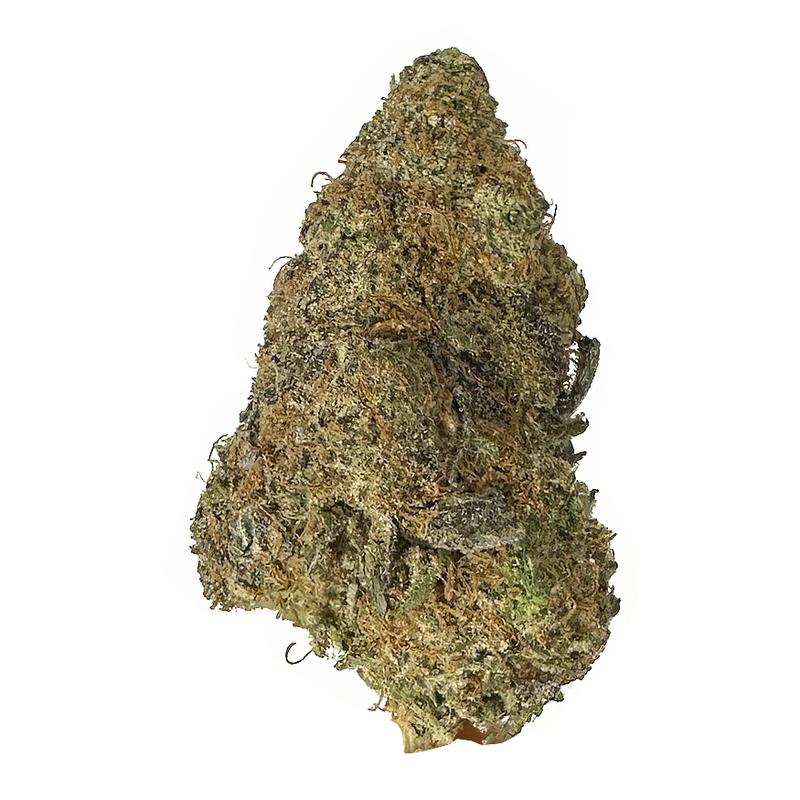Votre panier est vide.
Cultiver de la marijuana
Growing Weed at Home Without Special Equipment
Growing your own herbe at home can be a rewarding experience, but many people assume it requires expensive equipment and complicated setups. The truth is, with a little creativity and the right knowledge, you can successfully cultivate cannabis without breaking the bank. If you’re curious about How to Grow Weed at Home Without Equipment, this guide is for you. We’ll show you how to use basic household items and natural resources to nurture your plants from seed to harvest, making homegrown cannabis accessible to everyone, no matter your budget or experience level.
Understanding the Basics of Indoor Growing

Before we get into the nitty-gritty of growing weed without equipment, it’s essential to understand the basic needs of your plants. Cannabis, like all plants, needs light, water, nutrients, and a suitable environment to thrive. If you’re growing indoors without fancy equipment, you’ll need to be creative in providing these necessities.
Choosing the Right Strain
First things first: picking the right souche. If you’re a beginner, it’s wise to choose a strain that’s known for being forgiving and easy to grow. Some strains are more resilient and adaptable to less-than-ideal conditions. Consider strains like Northern Lights or Blue Dream, which are known for their robustness and relatively low maintenance.
At Dank Bros, we offer a variety of weed strains from Indica to Sativa. Visit our website today to get your hands on top-quality weed strains for your weed garden.
Setting Up Your Grow Space
Even without fancy equipment, you’ll need a designated grow space. This can be as simple as a closet, a corner of a room, or even a small cabinet. The key is to ensure that your grow space is clean, has adequate airflow, and is free from pests.
Ventilation: Proper ventilation is crucial, even if you don’t have a ventilation system. Open a window or use a fan to keep air circulating. This helps to prevent mold and mildew and keeps the plants happy.
Light: Light is one of the most critical factors for growing weed. Without grow lights, you can use natural sunlight. Place your plants where they’ll get the most light—usually, a south-facing window is ideal. If natural light isn’t an option, you can use regular household light bulbs. Fluorescent bulbs work well and are cost-effective. Aim for bulbs that emit a full spectrum of light.
Temperature and Humidity: Cannabis plants thrive in temperatures between 65-80°F (18-27°C). If your space is too hot or too cold, try to adjust it with fans or heaters. For humidity, aim for around 40-60%. A simple hygrometer can help you monitor this.
Growing Medium
Your choice of growing medium is another area where you can save money. Instead of buying pre-made soil mixes, you can use regular potting soil. Look for a mix that is light and well-draining. You can also improve the soil with compost or worm castings if you have access to them. These natural amendments provide essential nutrients to your plants.
Starting Your Seeds
When it comes to starting seeds, you don’t need fancy germination stations. You can germinate seeds in a simple paper towel or directly in the soil.
Paper Towel Method: Place your seeds between damp paper towels and put them in a warm, dark place. Check them daily to ensure the towels stay moist. Once the seeds sprout tiny roots, you can transplant them into your growing medium.
Direct Soil Planting: Plant seeds about 1/2 inch deep in moist soil. Keep the soil consistently damp but not soggy. Covering the pot with a plastic wrap can help retain moisture and warmth until the seeds sprout.
Watering Your Plants
Watering is an art as much as it is a science. Cannabis plants don’t like to sit in waterlogged soil, so make sure your containers have drainage holes. Water your plants when the top inch of soil feels dry. Overwatering is a common mistake, so it’s better to err on the side of caution.
Nutrients and Feeding
Without specialized equipment, you can still provide your plants with the nutrients they need. Many growers use organic fertilizers or make their nutrient solutions.
Organic Fertilizers: Compost and worm castings are excellent sources of nutrients. You can mix these into your soil or use them as top dressings.
DIY Nutrient Solutions: If you want to get a bit more hands-on, you can make your nutrient solutions using household items. For example, a tea made from banana peels and coffee grounds can provide potassium and phosphorus.
Are you curious about “How To Rehydrate Weed?” Visit our blog page now to know how to do it!
Training Your Plants
Training your plants helps maximize light exposure and can increase yields. One simple technique is Low-Stress Training (LST), which involves gently bending and tying down branches to create a more even canopy. This doesn’t require special equipment—just some garden ties or string.
Harvesting and Curing
When your plants are ready for harvest, you’ll need to know the signs of maturity. Look for trichomes (tiny, crystal-like structures on the buds) that turn from clear to milky white or amber.
Harvesting: Cut the buds from the plant and trim away excess leaves.
Curing: Proper curing improves the taste and potency of your weed. Hang your trimmed buds in a cool, dark place with good airflow. After a week or two, place the buds in jars, opening them daily to let out excess moisture. Cure them for at least a couple of weeks for the best results.
Troubleshooting Common Issues
Even without fancy equipment, you might run into some issues. Here are some common problems and solutions:
Pests: Keep an eye out for pests like spider mites or aphids. You can use natural remedies like neem oil or insecticidal soap to manage them.
Nutrient Deficiencies: Yellowing leaves or poor growth might indicate a nutrient deficiency. Adjust your feeding regimen and consider adding compost or organic fertilizers.
Mold and Mildew: Good airflow and proper humidity control are key. If you spot mold, remove affected areas and improve ventilation.
Enjoying Your Homegrown Weed
After all your hard work, you’ll finally get to enjoy the fruits of your labor. Homegrown weed often has a unique flavor and aroma that you won’t find in store-bought products. Plus, there’s a great sense of satisfaction in smoking or using something you grew yourself.

Final Thoughts
Growing weed at home without equipment is entirely possible with a bit of creativity and resourcefulness. By focusing on the basics—light, water, nutrients, and a suitable environment—you can successfully cultivate your cannabis plants. It’s a rewarding process that doesn’t require high-tech gear or a big budget, just some patience and care. So, whether you’re a beginner or just looking for a low-cost way to grow, give it a try. Your future self will thank you when you’re enjoying your very own homegrown buds! Ready to start growing your own cannabis without the hassle of expensive equipment? Let Frères Dank guide you with expert advice and top-notch products that make home cultivation simple and stress-free. Turn your space into the perfect growing spot—connect with Dank Bros today!

